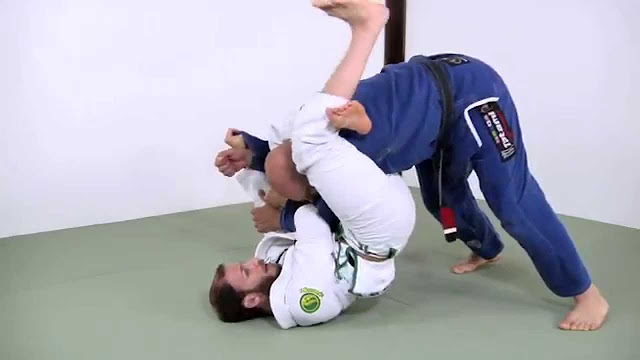Your Jiu-Jitsu training might be impeded by something that happens in your life. You might need to leave for a few weeks or months due to injury, family, or other reasons.
Here are some tips to help you get back into Jiu-Jitsu training after a long break.
1.Manage your expectations.
First, be positive and realistic about your goals. Know how much time was taken from training and what the mental and physical effects were. Although it might be challenging to accept, you may not be as fit or skilled as you used to be. This shouldn't stop you from getting back to the mats.
2.Be patient.
Be patient as you return to training. Sometimes it might take some time for things to get back on track. It's sometimes helpful to go back to basics for a few weeks to refresh your skills and improve your fitness. Allow your body and mind to adjust.
3.Talk to your instructor.
Check-in with your coach or instructor before you return to class after a break. Tell your instructor or coaches that you are ready to return and when you will be attending class. Your instructor will expect you to be there and can hold you responsible for showing up on time.
4.Slowly increase your pace.
Many people believe they must be in good shape before returning to training. You don't have to lose your fitness to return to Jiu-Jitsu. Give yourself some time to get back into the swing of things. You can gradually increase your intensity and keep it for later.
5.Establish a schedule.
Set a schedule for your Jiu-Jitsu classes and training sessions as you prepare to make your Jiu-Jitsu comeback. You will decide what days you will train and be held accountable for them. You'll find your rhythm and be able to make improvements if you stay consistent.

Comments
Post a Comment